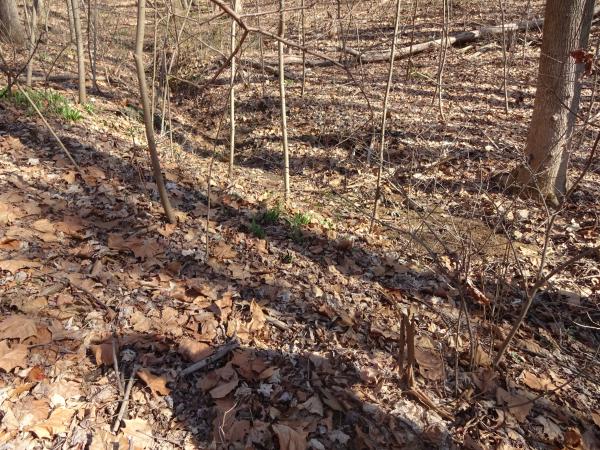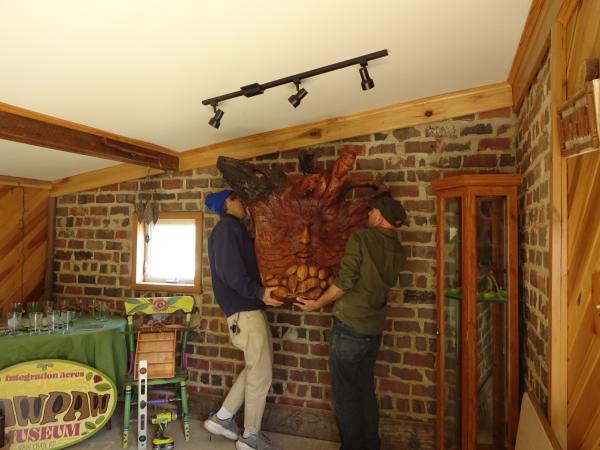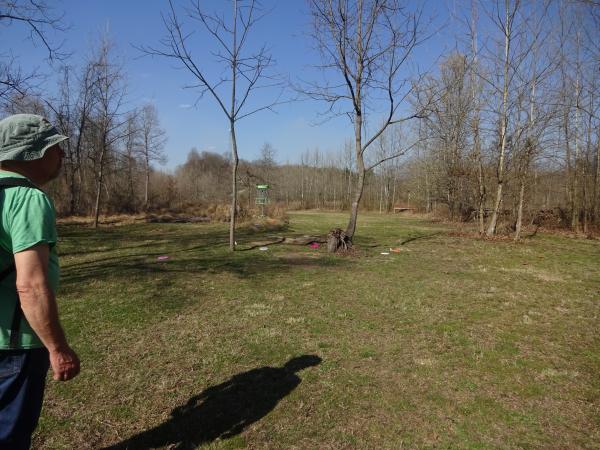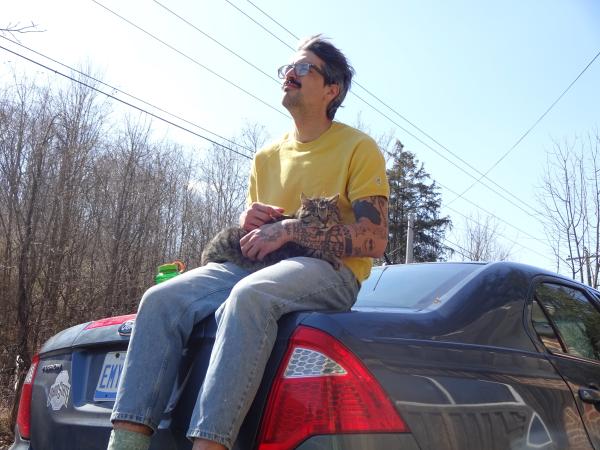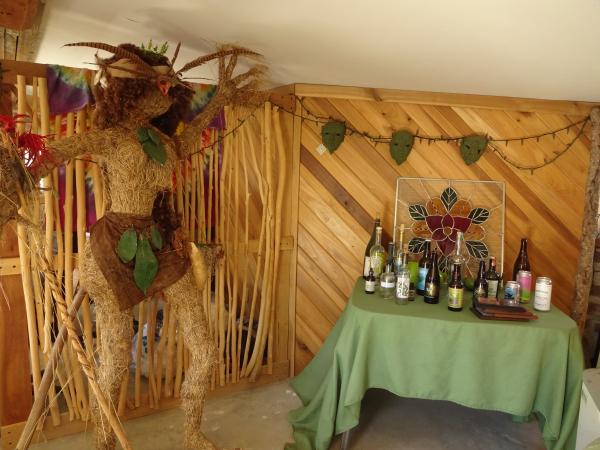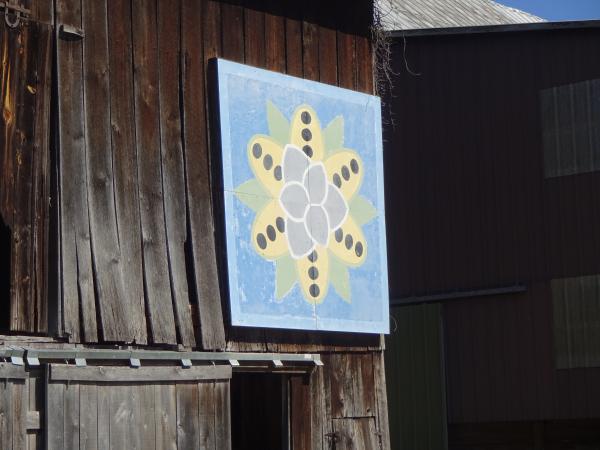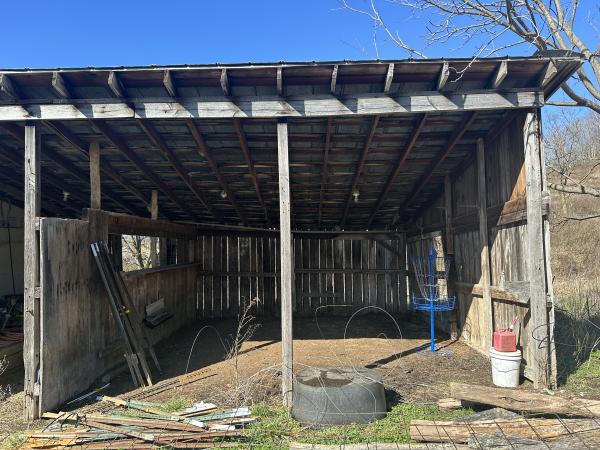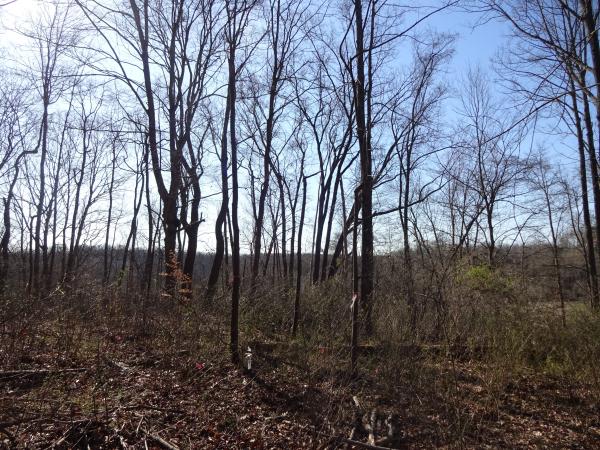“But in general, I would say people that want to, connect with the pawpaw in whatever way they can” -Chris Chmiel
There is a narrative that hangs over any region that falls under the label “Appalachian.” A narrative of extraction and people left behind in time and place. This idea that time can leave anything behind is a fallacy rooted in the human gaze, namely the American gaze. But the contemporary “Appalachian” experience is complex, made up of different folks with different histories and different ambitions. But the shadow cast by the historical narrative is long and fixed in time and shaped by the remote narrative outside these places. Chris Chmiel is overturning that narrative by connecting people together and to place through the pawpaw, a symbol of sustainably foraged resources that give intrinsic value to the land and the communities that live there.
While extraction does not define the area, its effects are still very visible. The surrounding region has many towns that were created for the sole purpose of mining. Jim Graham, a longtime resident of the area, made it clear that in addition to mining, Timber companies have, and continue to, clear cut the forests using industrial equipment, with little regard to what is left behind for the people who live in the area. He believes there needs to be a change in how people see the world if the forests are going to survive. The “old timers” had a stronger knowledge of trees because they lived closer with the land. Jim made it clear that this connection needs to be reformed. According to Jim, what Chris is doing with the pawpaw festival is a step in the right direction. Ross DiPenti, a longtime friend of Chris and a resident of the area, explained that the process of eating things from the land connects people to it. This connection seems to be similar to how the “old timers” Jim talked about were able to connect to the environment; to view it as something intrinsic beyond its value for timber.
“But the idea that it was in this perspective of a pawpaw festival and stuff, it can apply to many other things in conservation. And maybe it's a stepping stone to move some people that at least in knowledge, maybe not, and I don't know, you know, being able to make a living or in knowledge, which is the greatest thing of them all.”
-Jim Graham
Living in a region that has seen what extractive industry does to place, Chris has developed alternative strategies of creating a sustainable cultural moment via the pawpaw as a local resource that allows for a collective mythology to be constructed and become a stabilizing agent in the region’s community.
Pawpaw is a resource that is not extractive. Its short shelf life makes it a more localized commodity that cannot just be exported from a community by an outside entity. To experience the pawpaw, one must be part of this place or travel to join it. Through the pawpaw, people of the community along with outsiders are connected by this adopted symbol of place that is now recognized as Ohio’s official native fruit. A lot of Chris’s success is due to forming connections with people, either by connecting them with each other or with pawpaws at the Pawpaw Festival. This pawpaw connection is not just through it being a beloved native food. Connection and community can be found through art, education, and experience. There is a larger connection to the land and sustainability that can be carried over into larger real-life experiences.
“Yeah, I think meeting someone like Chris, that was like…he was ambitious enough to say, Let's do something with the pawpaw. And then it created a whole community of people. And now he has this festival and people come from all over the place. He’s created a little economy, in a place where it's been hard for people. I think, especially since the biggest thing was mining coal. And then when all of those…the boom and bust. And I don't know, I felt like they took away the power of the people here, and they didn't realize what they had. And then they just got taken away by these companies, timber and coal companies, and it was devalued, I think. And I think Chris has brought that back”
-Gina Scarano
Throughout our week with Chris, we helped him set up his pawpaw museum that he plans to open on his property at Integration Acres. The museum is full of pawpaw art and pawpaw festival memorabilia. It is evidence of how Chris has been able to inspire and connect people to their environment via the pawpaw.
After talking with Chris. We found it clear he is a man who is always looking to take the next step; to move forward. Chris likes to take a slow and steady approach to his plans. His patience with his planning and setbacks struck us as an ethos remarkably in tune with the forest around him, and his offbeat and personable business/social strategies fit perfectly with the counterculture symbol the pawpaw has become and continues becoming. In addition to the museum, he has plans to create a permaculture themed disc golf course to help educate people about sustainable land management. He is trying to find new ways to successfully bridge the gap to connect people to sustainably living with the land around them.
Inevitably, our conversations with him moved toward the question of legacy and the future of the pawpaw festival and his ideas. Chris has already begun projecting what the festival as well as Integration Acres looks like without him in his current role. He has cursorily considered how he would train a person who could take over his day to day, which beyond the logistical begs and answers a larger conceptual question: The Pawpaw Festival has become so deeply seated in the culture of place that it is no longer just fixed to Chris’s identity and his personal ambitions as a result of the community's reciprocal investment and engagement.
“The festival is, obviously, a big thing that, you know, if we can have it pass on to a new generation of organizers, and, you know, continue it on for decades, I think that would be amazing.” -Chris Chmiel
